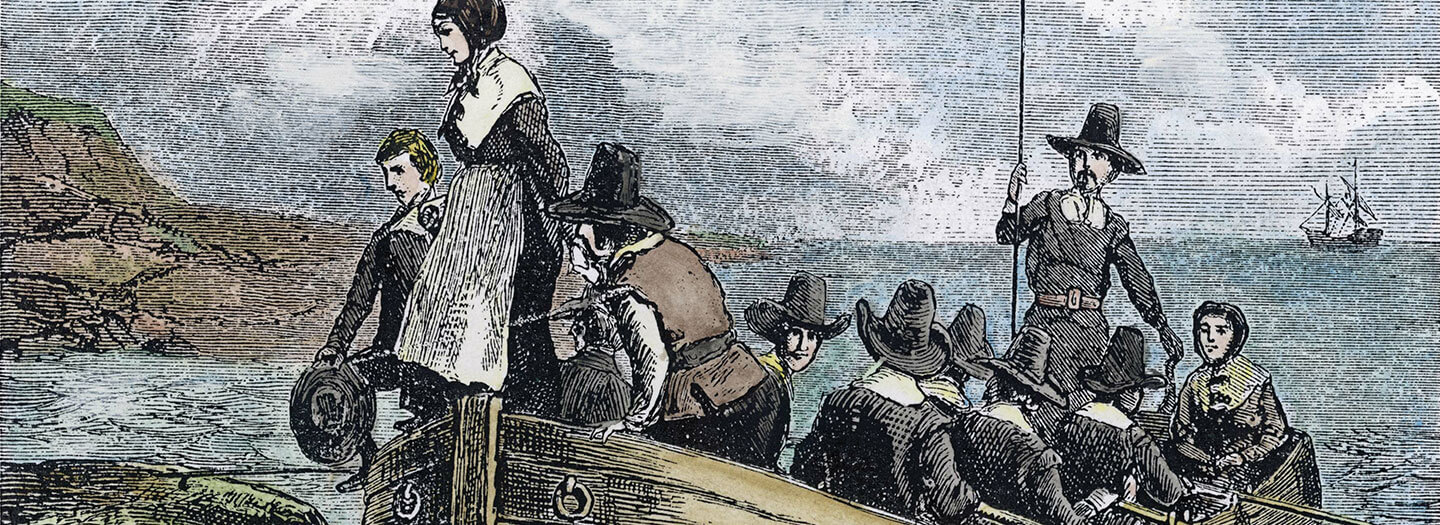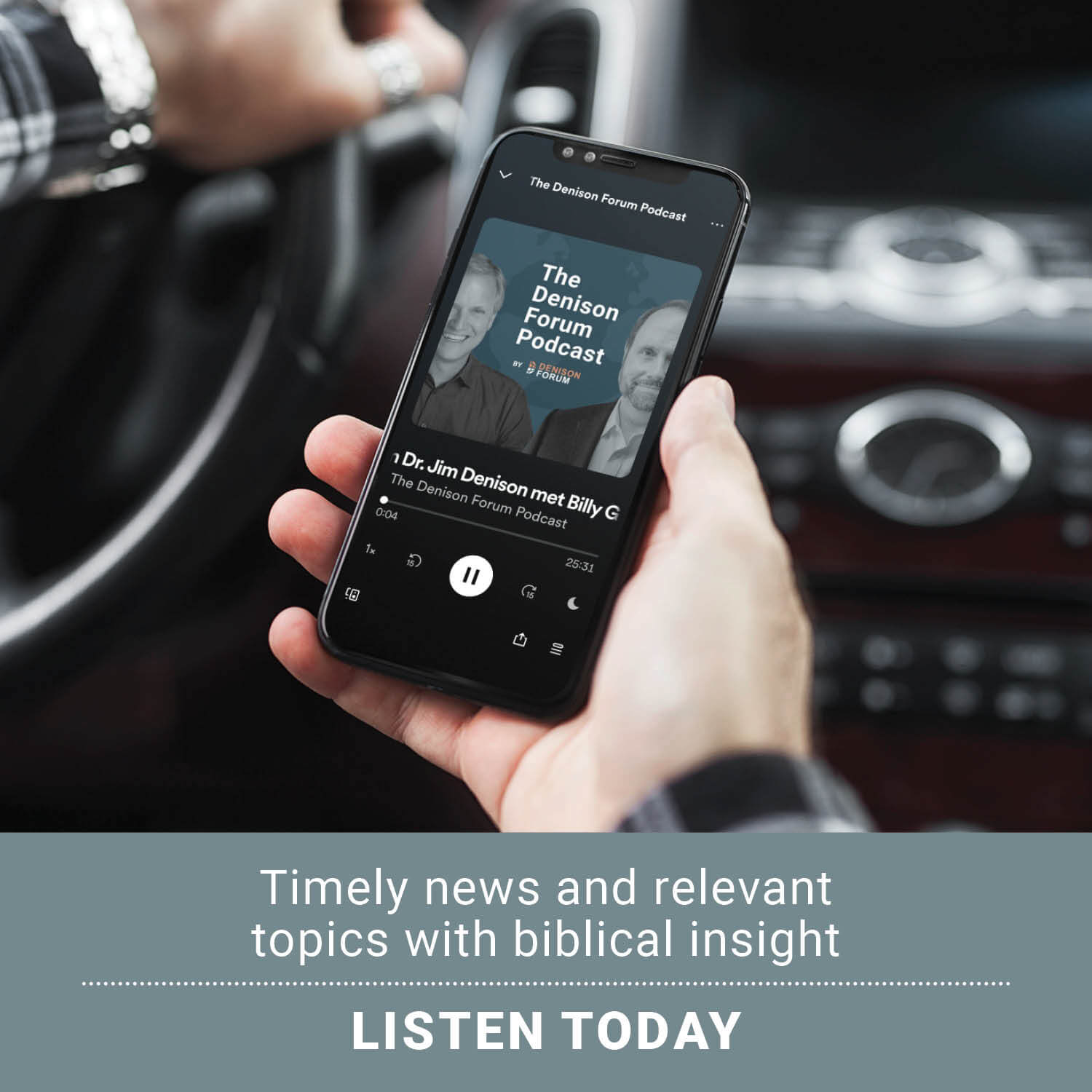
© Archivist/stock.adobe.com
Every schoolchild knows the story of the Mayflower: it’s a storybook tale of a group of English colonists soberly dressed in black and white who set sail for the New World in search of religious freedom.
Yet there is so much more to the story. It’s full of twists and turns and lessons about our history that are still relevant today.
And what better time to learn them than this year, the four hundredth anniversary of the Mayflower’s voyage.
Where did the Pilgrims come from?
To understand the Pilgrims’ world, we must begin in sixteenth-century England, during the early days of the Protestant Reformation.
King Henry VIII broke away from the Catholic Church in 1534, when the Pope refused to annul his marriage to Catherine of Aragon.
Henry, who would marry six times, created a new church, the Church of England or Anglican Church, with himself as its head.
The core group of the future Pilgrims came from a radical sect of Protestants called Separatists. They considered the Church of England, like the Catholic Church, corrupt with religious rituals and worship that weren’t true to the New Testament model for the church.
Rejecting the Anglican Book of Common Prayer, for example, the Separatists thought that prayer should be extemporaneous.
They also sang only psalms set to music, feeling that other hymns weren’t biblical.
Unlike their more moderate Puritan brethren, who tried to “purify” the Church of England from within, the Separatists created their own church, breaking the law in the process.
William Bradford said church members “were hunted and persecuted on every side, so as their former afflictions were as flea-bitings in comparison of these which now came upon them. For some were taken and clapt up in prison, others had their houses besett and watcht night and day.”
Bradford belonged to a group of Separatists who left England in 1608 and settled in Holland, where they enjoyed the freedom to worship as they saw fit.
But economic hardship and a fear of losing their English heritage led some of them to look to the New World for a home, so they joined forces with a group of investors in England called Merchant Adventurers, or just Adventurers.
The Virginia Company of London, representing King James I, granted the Adventurers a “patent,” or charter, to mount an expedition to settle in a northern part of what was then considered the Virginia Colony but is now New York City and its environs.
Why are they called “Pilgrims”?
After two false starts because a companion vessel, the Speedwell, was not seaworthy, the Mayflower finally left Plymouth, England, alone in September 1620.
A three-masted ship, the Mayflower was about one hundred feet long. It had 102 passengers in addition to the crew.
About half of the passengers were Separatists from Holland who called themselves “Saints.”
The rest of the passengers, called “Strangers,” had been recruited to complete the company, often, like professional soldier Miles Standish, because of their special skills.
Bradford, who served as governor of Plymouth Colony for thirty years, later wrote a book, Of Plymouth Plantation, that supplies much of our knowledge about the Pilgrims.
He even was the first to refer to the Separatists from Holland as “pilgrimes,” alluding to Hebrews 11:13. Today, the term is often applied to all the passengers on the Mayflower.
The man who fell off of the Mayflower
During the voyage, the passengers lived between decks in “a dank, airless space,” as Nathaniel Philbrick wrote in Mayflower: A Story of Courage, Community, and War.
About seventy-five feet long, the living space was less than five feet high, making it difficult, if not impossible, to stand.
One day, a young indentured servant named John Howland went up on deck for some air and fell off the ship during a storm. As he fell, he grabbed a rope, and the crew rescued him.
He ended up being, in Bradford’s words, a “profitable member” of the Plymouth Colony.
He and his wife, Elizabeth, had ten children, establishing a line “with perhaps more descendants than any other Mayflower couple,” in the words of Nick Bunker, author of Making Haste from Babylon: The Mayflower Pilgrims and Their World: A New History.
Yet a crew member who tormented the passengers because of their seasickness died of disease.
“It was an astonishment to all his fellows for they noted it to be the just hand of God upon him,” Bradford said.
As Calvinists who believed in predestination, the Pilgrims saw these events on the voyage as manifestations of God’s will.
“A voyage was a parable, each episode an intimation of mystery,” Bunker wrote. “For pious men and women, the sea made visible the ways of God to man.”
After more than two months at sea, buffeted by storms and headwinds, the Mayflower arrived off Cape Cod in present-day Massachusetts, more than two hundred miles north of its intended destination at the mouth of the Hudson River.
Near mutiny at Plymouth
With winter fast approaching and many passengers ill from the voyage, the Pilgrims changed plans and began looking for a home nearby.
They ended up establishing the first permanent English settlement in New England at Plymouth.
But not before an argument broke out.
The patent for the expedition didn’t apply in land not controlled by the Virginia Company, so some of the Strangers said they weren’t bound by its provisions.
“Several strangers made discontented and mutinous speeches,” Bradford wrote.
But with a harsh winter approaching in what he called a “desolate wilderness, full of wild beasts and wild men,” they seem to have quickly come to an agreement, signed by forty-one men.
Known today as the Mayflower Compact, it was only about two hundred words long.
The long-lasting influence of the Mayflower Compact
Their voyage, it said, was “undertaken for the Glory of God, and Advancement of the Christian Faith, and the Honour of our King and Country.”
While affirming their allegiance to King James more than three thousand miles away, they combined themselves into a “civil Body Politick,” with the power to “enact, constitute, and frame, such just and equal Laws, Ordinances, Acts, Constitutions, and Officers, from time to time, as shall be thought most meet and convenient for the general Good of the Colony.”
The influence of the Mayflower Compact, the country’s first recorded steps toward self-government, has been celebrated since the early days of the republic.
John Adams, our second president, considered it one of the foundations of the Declaration of Independence and the Constitution.
Although the Compact acknowledged the Pilgrims’ mutual Christian faith, the ties binding them together were civil, not religious, ones.
The document, although rooted in the biblical concept of a covenant, made no mention of a state religion, establishing a precedent for the religious freedom we now enjoy.
Setting aside their differences, the Pilgrims united for a common cause: their survival.
Then as now: a call to unity
With the country divided today by a host of issues, that’s a history lesson for our times.
Our great experiment in democracy faces threats at home and abroad.
Yet we can meet these challenges if we only realize, as the Pilgrims did, our fates are inextricably linked.













